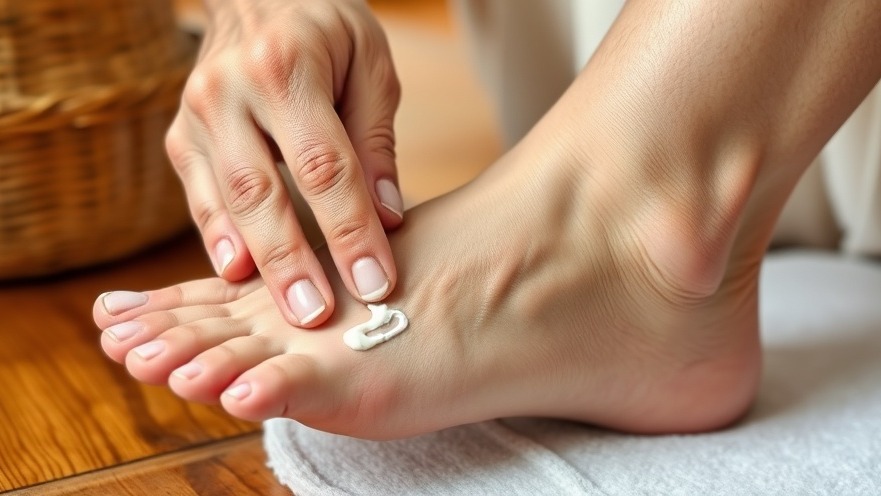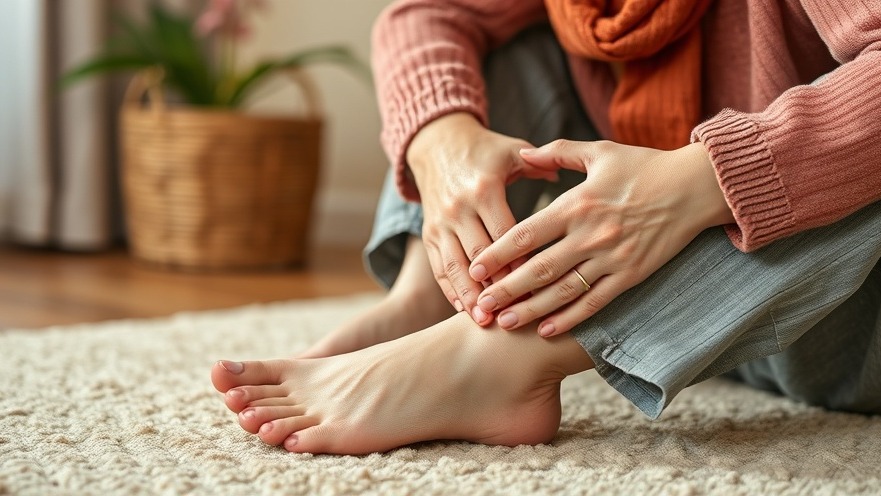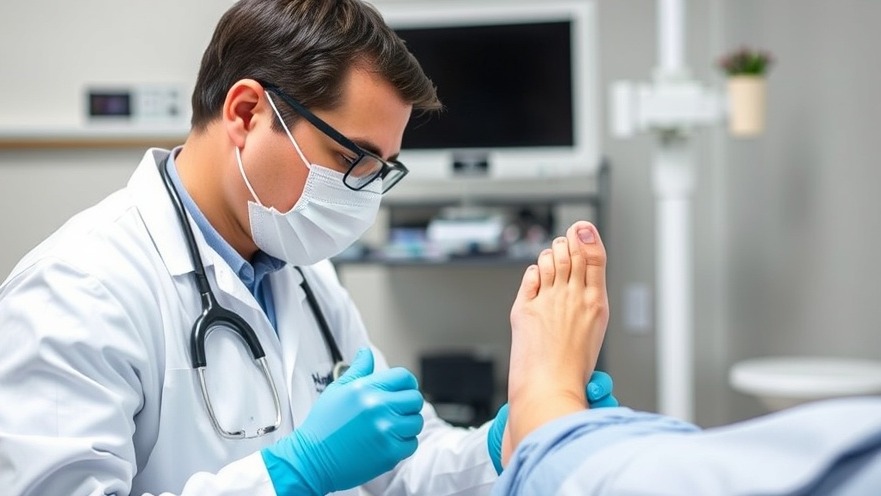
Emphasizing the Importance of Foot Health
As we age, it becomes increasingly vital to maintain our mobility and independence. In celebration of Healthy Aging Month and Falls Awareness Week (September 22-26), it’s the perfect time to reflect on how our feet play a crucial role in our stability and overall well-being. The changes that come with aging demand special attention to our feet, as they are the foundation of our movement.
Understanding Senior Foot Challenges
For seniors, specific foot conditions become more common, often leading to decreased mobility and increased risk of falls. Key factors include:
Thinning Skin: A decrease in skin elasticity, making it more susceptible to injuries.
Decreased Cushioning: Loss of fat pads on the soles increases discomfort.
Reduced Joint Flexibility: Conditions like arthritis may limit movement.
Changes in Circulation: Poor blood flow can affect healing abilities.
These issues can lead to painful conditions such as calluses, bunions, and hammertoes, which can significantly impair mobility.
The Foundation of Proactive Foot Care
A proactive foot care routine can significantly improve seniors' quality of life. Key principles include:
Daily Cleansing & Moisturizing: Helps to prevent cracks and infections that can lead to more severe issues.
Consistent Support & Cushioning: Essential for managing the natural loss of shock absorption over time.
Proper Alignment & Spacing: This minimizes pressure on painful joints.
Gentle Correction: Addressing deformities, such as bunions, is crucial for enhancing comfort and mobility.
The Role of Footwear
Choosing the right footwear is a vital part of maintaining foot health. Footwear should prioritize:
Comfort: Shoes with cushioning help absorb impact during walking.
Support: Replace worn-out shoes, as they increase the risk of instability.
Proper Fit: Shoes that fit well help prevent blisters and discomfort.
For seniors who may struggle with finding suitable options, brands specializing in orthotic footwear can be beneficial.
Beyond Basic Care: Recognizing a Problem
It's essential to know when to seek professional advice. Symptoms to monitor include persistent pain, swelling, discoloration, or non-healing sores, which may indicate more severe conditions.
Real-Life Impact of Foot Health
Foot injuries and conditions can greatly affect daily activities, from walking to participating in community gatherings. For instance, a senior who regularly exercises may find their routine curtailed due to foot pain. This can lead to a sedentary lifestyle, which in turn impacts overall health. Recognizing the importance of foot health can empower seniors to take proactive steps in maintaining their independence.
Steps to Take for Stronger Feet
To foster stronger and healthier feet, consider incorporating these actionable insights:
Create a daily foot care regimen that includes cleansing, moisturizing, and inspecting your feet.
Choose footwear that supports your foot structure and accommodates any existing conditions.
Engage in gentle stretching and balance exercises to maintain flexibility and reduce the risk of falls.
Schedule regular check-ups with a podiatrist who can provide tailored advice and treatment options.
By adopting these practices, seniors can enhance their quality of life and mobility.
Conclusion: Take Charge of Your Feet
In conclusion, protecting and caring for senior feet is not merely about comfort—it's a cornerstone of maintaining independence and an active lifestyle. Whether it’s choosing supportive footwear or building a daily care routine, every step towards better foot health brings us closer to a healthier, happier life. Don't wait for symptoms to arise; take proactive steps today.
 Add Row
Add Row  Add
Add 




Write A Comment